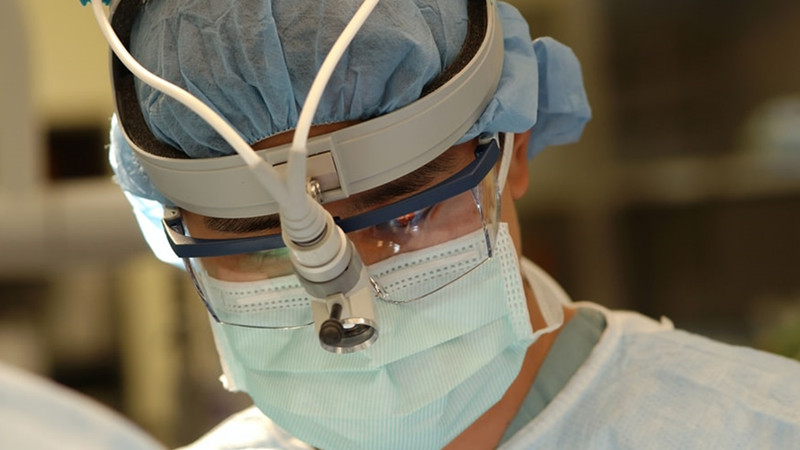Medical Grade PCB Board Protection
Medical Grade PCB Board Protection – Ultrasonic Spray Deposition – Cheersonic
There are many things to consider when developing a PCB board to design specifications, especially physical protection and corrosion resistance. For example, the assembly process must be well planned to provide through-hole device mounting, placement or surface mount options for embedded and soldered devices. Finished products are often used in medical imaging systems such as CT and CAT scanners, as well as heart rate, blood pressure and blood glucose monitors.

Protecting medical-grade PCB boards and making more secure design planning requires a thorough understanding of design specifications, requirements, usage, and end products. If necessary, a surface-mount board can be created to ensure that usage and possible conditions do not compromise device safety.
Most medical grade devices are not subject to extreme use environments, but may be used in sterile environments. They may be applied in the human body and may also encounter other complex environments. Even at the initial design and planning stages, these situations and possibilities must be taken into account.
Medical robots can be used inside and outside the body. This will change and evolve as technology continues to advance. Imagine nanorobots that can enter a patient’s bloodstream to assess health, take medical measurements or treat small ailments. They can even be used for dental or therapeutic purposes. The PCB boards in these devices are tiny, so a compact design is a must.
Equipment and device protection requires consideration of many different scenarios. Common factors are:
How to use the device?
What conditions will the device be exposed to?
Does the machine need to be cleaned or sterilized, and does the PCB need to be moisture-proof?
What materials were used?
What is the circuit layout and what components need to be installed?
Which assembly process was used? Is there a better choice?
The design of placement and layout of PCB components is a complex process. Even for small DIY projects, robots need to move along lines or walls to avoid obstacles on the path. The mechanical requirements of the project must be met to achieve greater efficiency and reliability by grouping circuits, ensuring that all components fit seamlessly onto the board. This is just the design of the circuit board itself, material selection, soldering, assembly process and housing are also very important.
Article source: Medtec China
Cheersonic is the leading developer and manufacturer of ultrasonic coating systems for applying precise, thin film coatings to protect, strengthen or smooth surfaces on parts and components for the microelectronics/electronics, alternative energy, medical and industrial markets, including specialized glass applications in construction and automotive.
